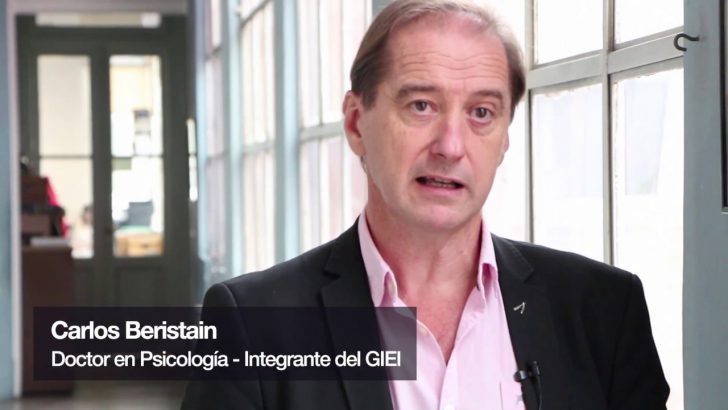Last week Carlos Beristain and Claudia Paz y Paz, international experts who investigated the disappearance of the 43 students from Ayotzinapa, visited Argentina at the invitation of CELS. Both of them were members of the Interdisciplinary Group of Independent Experts (GIEI in Spanish) that was created by the Inter-American Commission on Human Rights (IACHR). The group’s work helped shed light on what occurred in the Ayotzinapa case, exposed the shortcomings of the official investigation, and contributed information about the cover-up maneuvers deployed by Mexican authorities.
Mexico is living through the worst human rights crisis in the region, marked by more than 28,000 disappearances and 150,000 murders in recent years, systematic torture, and impunity levels estimated at 98 percent. The GIEI published two reports on Ayotzinapa and issued general recommendations on confronting Mexico’s structural problems. This visit to Argentina by two of the group’s members helped increase visibility of that country’s crisis, and also enabled them to share methodologies for investigating cases involving organized crime and grave human rights violations that can be applied in Argentina.
The GIEI was created in November 2014, just weeks after the enforced disappearance of the 43 students, as part of an international technical assistance agreement signed by the Mexican state, representatives of the victims’ families and the IACHR. The group gathered testimony and evidence showing that members of the security forces and military personnel intervened in the events and implicating senior authorities of the Mexican state in a cover-up. These elements permit that the search for the disappeared students and the criminal investigation be reoriented.
The mechanism was novel because of its interdisciplinary nature, its inclusion of victims as a central actor and its implementation in real time, as events continued to unfold. It is another demonstration of the potential for human rights protection systems to intervene in the construction of the truth and reparation of victims in cases of grave rights violations.
Beristain and Paz y Paz participated in a workshop on Monday, October 24 at CELS, where they shared their findings and investigative techniques with prosecutors, researchers and members of social organizations and human rights groups. That workshop was co-organized with the Center for Justice and Human Rights of the National University of Lanús (UNLa). The following day, they participated along with Mónica Pinto, dean of the Law School, in a public event at the University of Buenos Aires (UBA). This gathering, co-organized with the Law School’s Human Rights Center, was attended by the national government’s human rights secretary and the Argentine Foreign Ministry’s special representative for human rights. Finally, on Wednesday, October 26, Beristain and Paz y Paz recounted their experiences at the Attorney General’s Office, in a workshop co-organized by its human rights division, UNLa’s Center for Justice and Human Rights and CELS.

